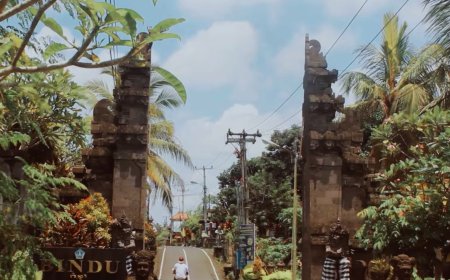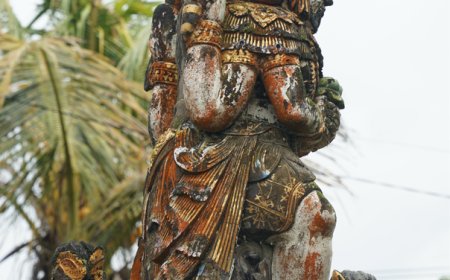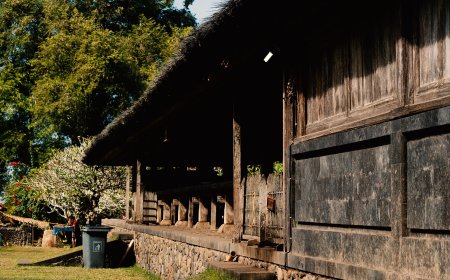Traditional Village of Tingas: A cool atmosphere adorned with traditional Balinese buildings in Abiansemal
I'm sure you're already familiar with the Abiansemal area, right? Yes, this area in Badung Regency also has unique tourism and natural resources that attract international attention. Abiansemal also has traditional villages like other areas, and the village we're going to discuss on this page is the Tingas Traditional Village. Tingas Traditional Village is no less unique than other traditional villages; it also has its own unique history, heritage, and local wisdom.
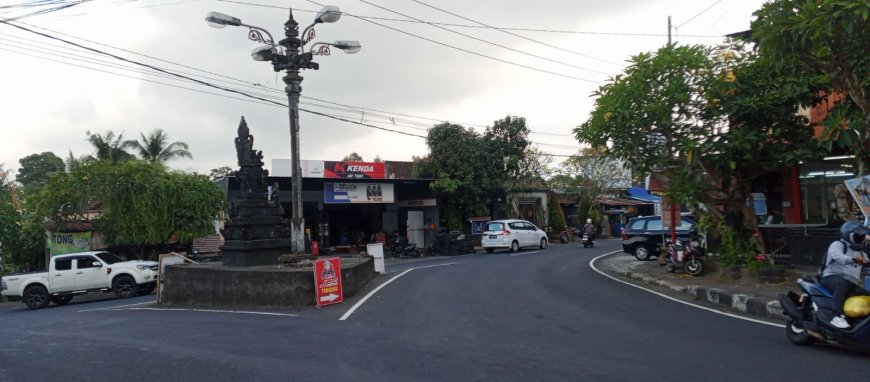
The Traditional Village of Tingas is located in Abiansemal District, Badung Regency, Bali, and situated on Jalan Raya Mambal. This village is close to Setra Gandamayu in the Traditional Village of Bindu. The distance between the Traditional Village of Tingas and Denpasar is around 15 km, which takes about half an hour, and from Jimbaran, it's about 30 km, taking over an hour. Initially, this village was under the jurisdiction of Mekar Bhuwana Village. Based on a letter from the Regent of Badung, the village split into several traditional villages, including the Traditional Village of Tingas.
There's a rather interesting history behind the formation of this village. It is said that the descendants of I Gusti Ngurah Mambal always held examinations and meetings (Pesamuan in Balinese) when resolving issues. It is from this word that the name Banjar Adat Samu originated. Additionally, the area east of Banjar Adat Samu was said to be a very dense bamboo forest (Tiing nges). Over time, this bamboo forest developed into a village named Desa Tingas (Tingas Traditional Village).
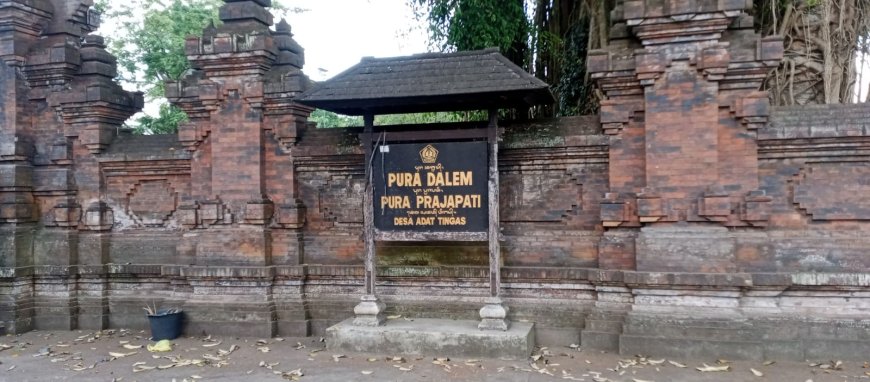
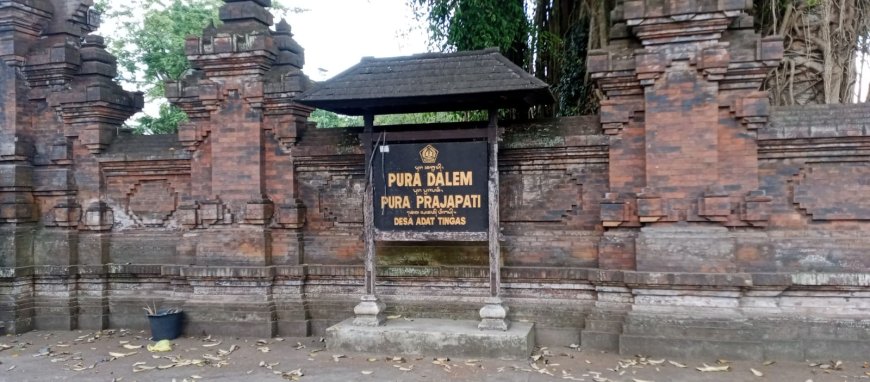
Pura Dalem Pura Prajapati The Traditional Village of Tingas (Source: Private Collection)
Tingas Traditional Village also possesses an unparalleled heritage, similar to other traditional villages, namely the Pura (In English conversation is Temple). It is known that this village has two Puras: Pura Dalem Pura Prajapati, and Pura Desa Pura Puseh of Tingas Traditional Village, which is the pride of the villagers. Pura Dalem, Pura Prajapati, Pura Desa, and Pura Puseh are a unity of Kahyangan Tiga and can be found in every traditional village in Bali.
Similar to other traditional villages, each of these four temples has a specific function. Firstly, Pura Dalem is located near the setra, a cemetery, and serves as a place for rituals to guide the spirits of the deceased. Secondly, Pura Prajapati is used for rituals to neutralize both positive and negative forces in the universe. Thirdly, Pura Desa reflects the values of social life or the harmonious relationship between humans, gods, and ancestors. Fourthly, Pura Puseh, where the word 'Puseh' comes from 'Puser' meaning center, is the center of well-being dedicated to the worship of the God Vishnu.
Besides being a place of worship, this temple also offers a refreshing natural atmosphere for visitors, adorned with lush banyan trees and a blanket of cool breezes.
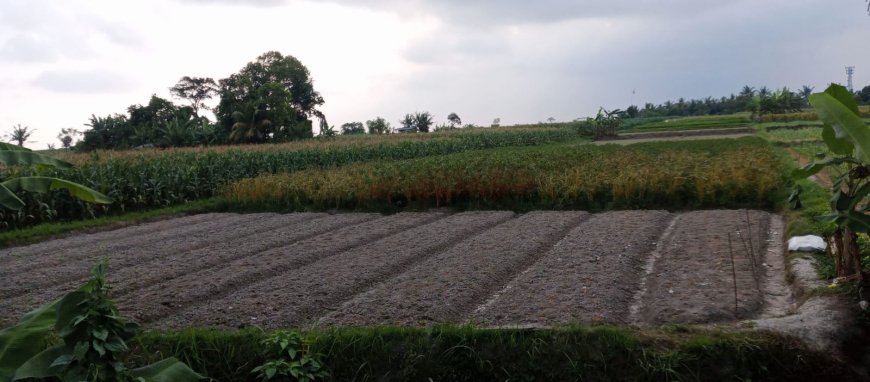
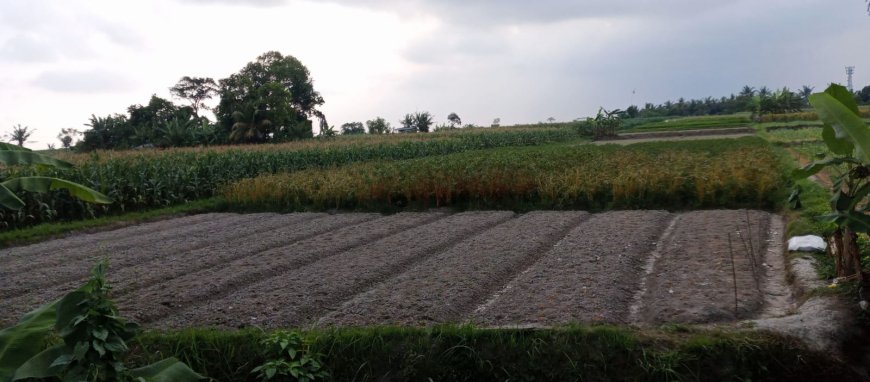
Expanse of rice fields (Source: Private Collection)
Tingas Traditional Village offers a refreshing natural panorama with vast rice fields adorning the area. As you stroll through the village, the mesmerizing green scenery and fresh air will soothe your soul. This rural atmosphere is perfect for tourists who want to escape the hustle and bustle of the city and enjoy the tranquility of Bali’s beautiful nature. As the title suggests, this village has a cool and calming ambiance.
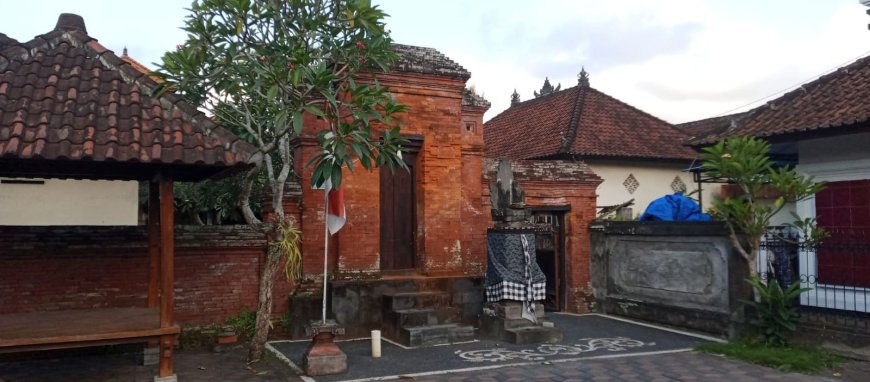
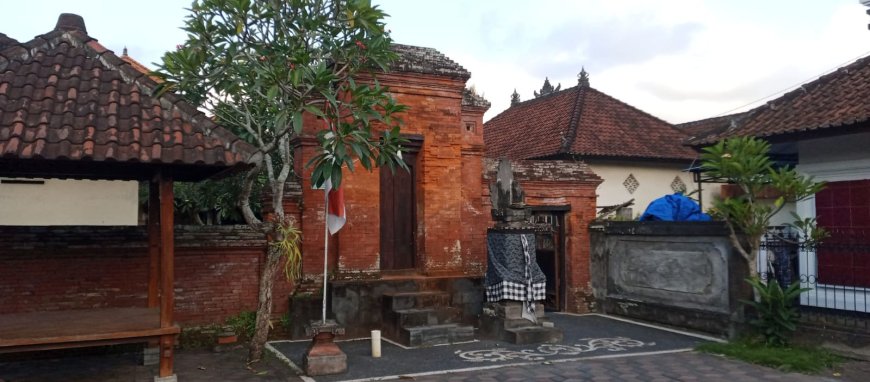
Buildings with Traditional Balinese Architecture (Source: Private Collection)
In addition to its natural beauty, the Traditional Village of Tingas also features very interesting traditional buildings. All the houses and temples in this village are constructed with intricate details of classical Balinese architecture, including elaborate carvings on the doors, walls, and entrance gates.
These buildings create a strong traditional atmosphere, allowing visitors to deeply experience Balinese culture. This village is a real example of how Balinese traditions and culture are preserved to this day.




















































